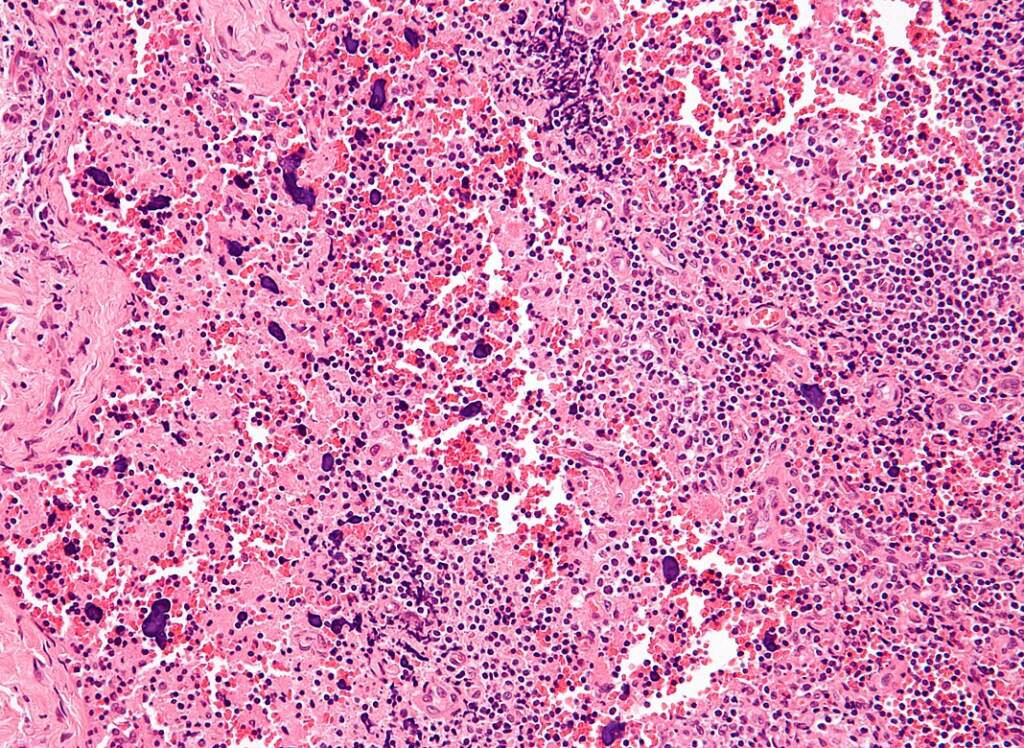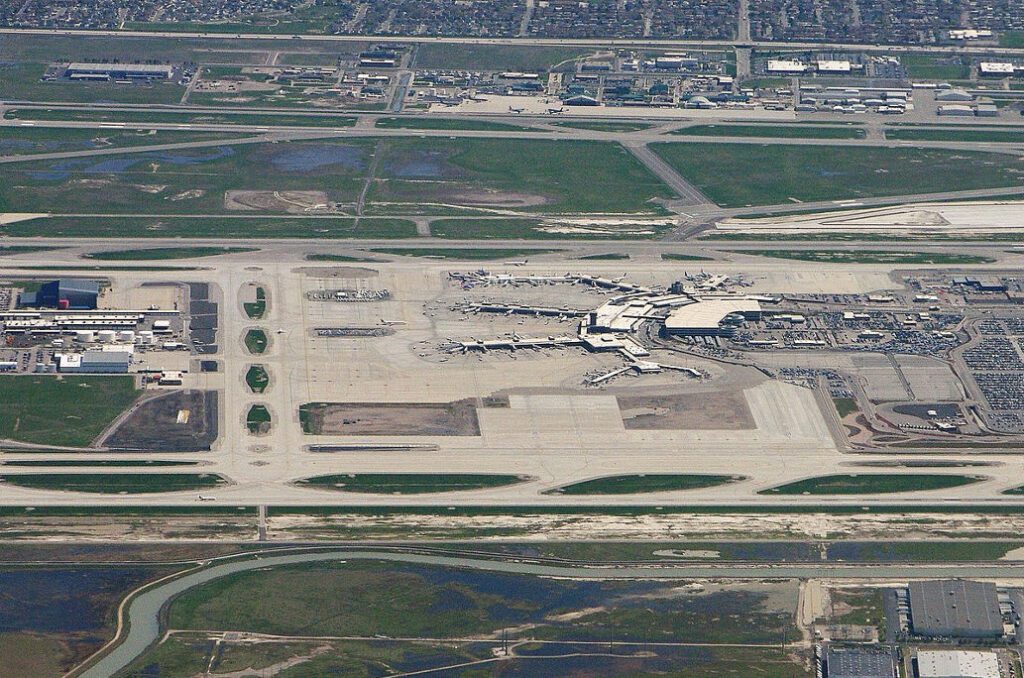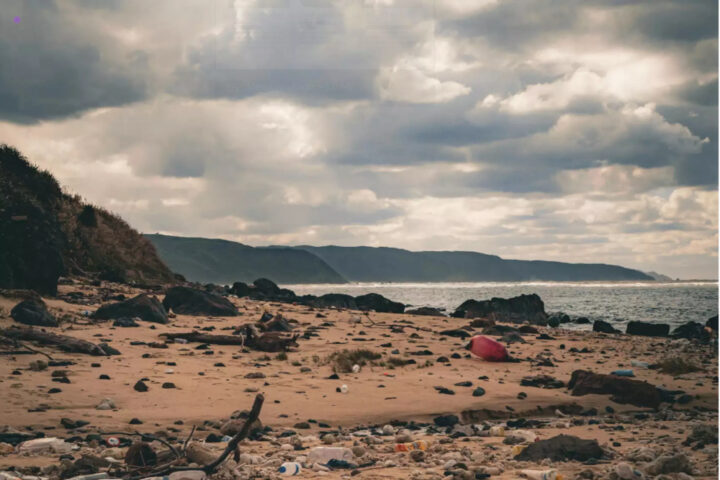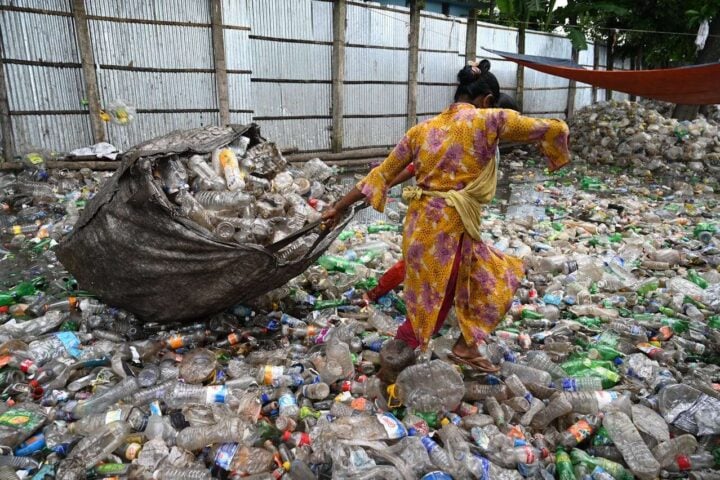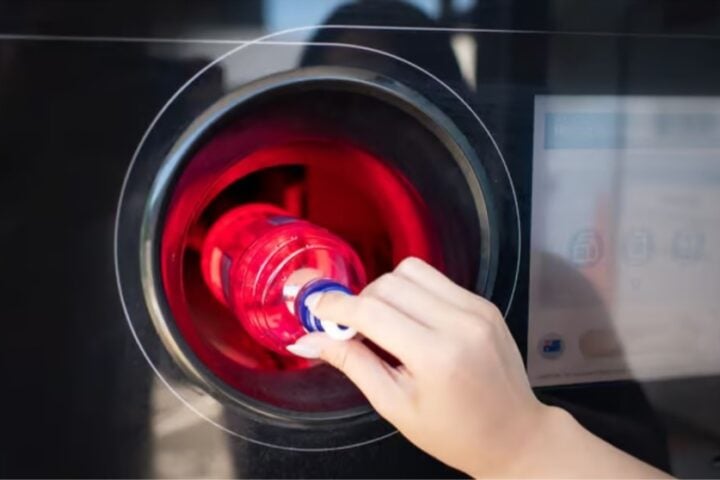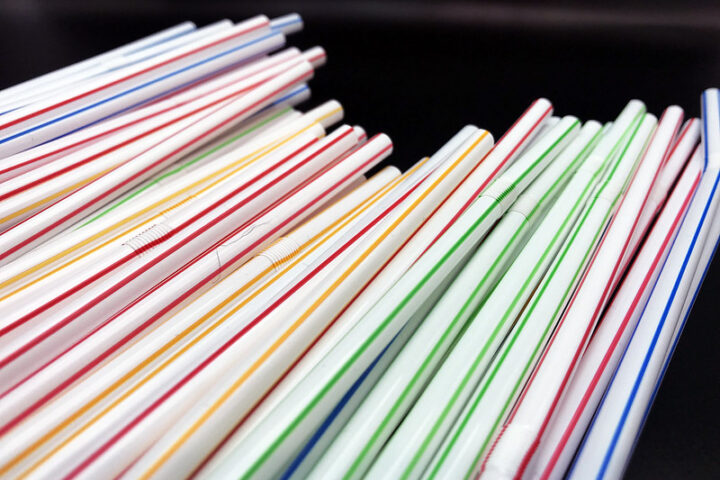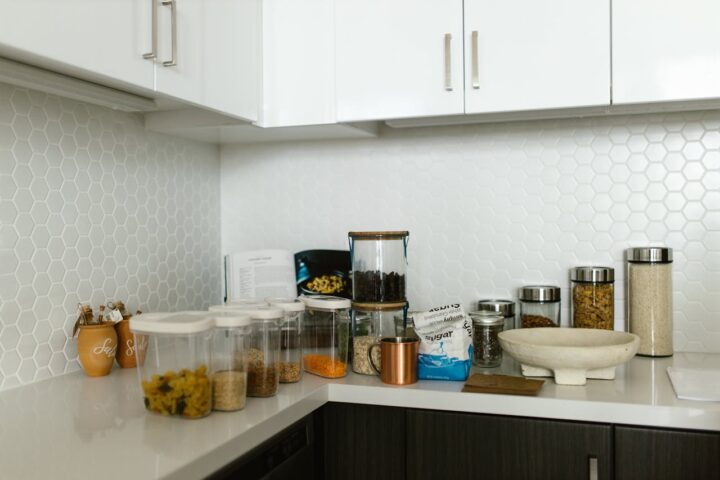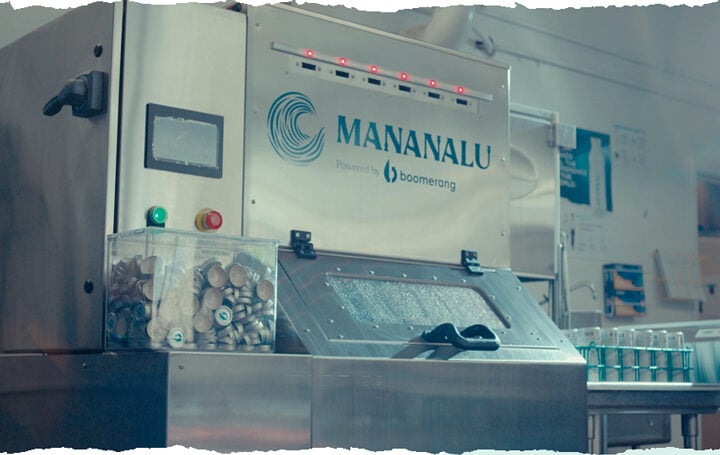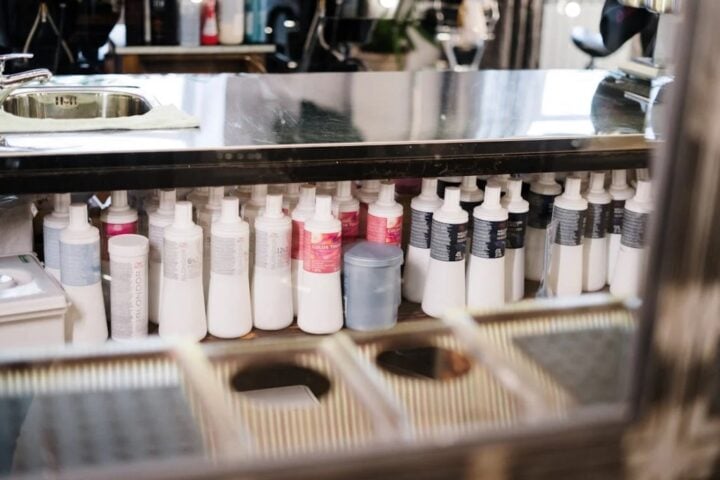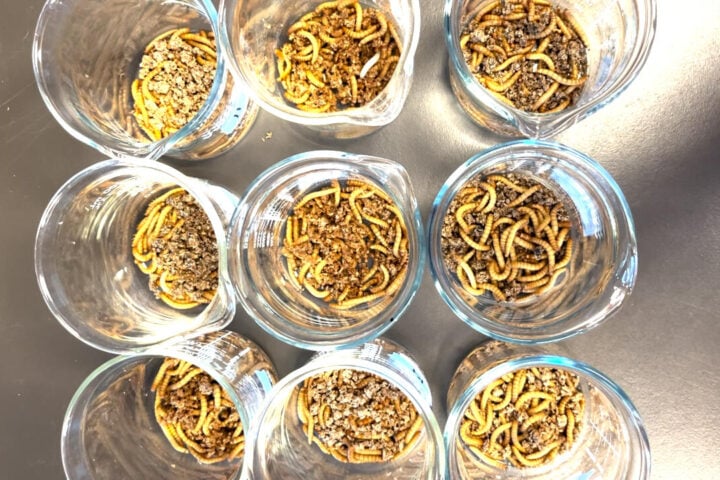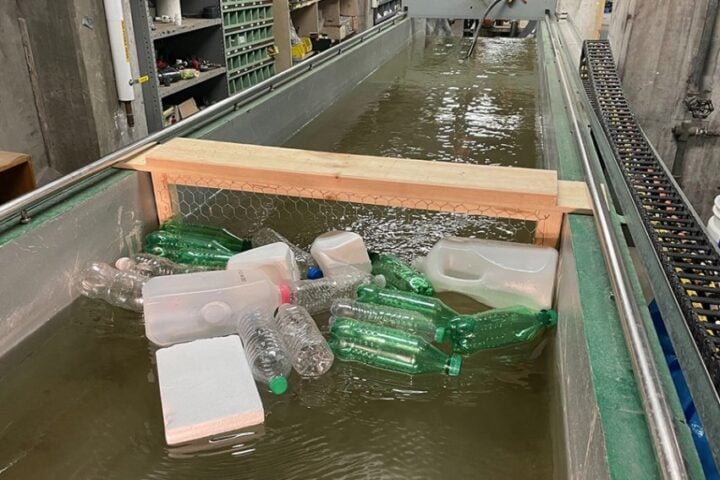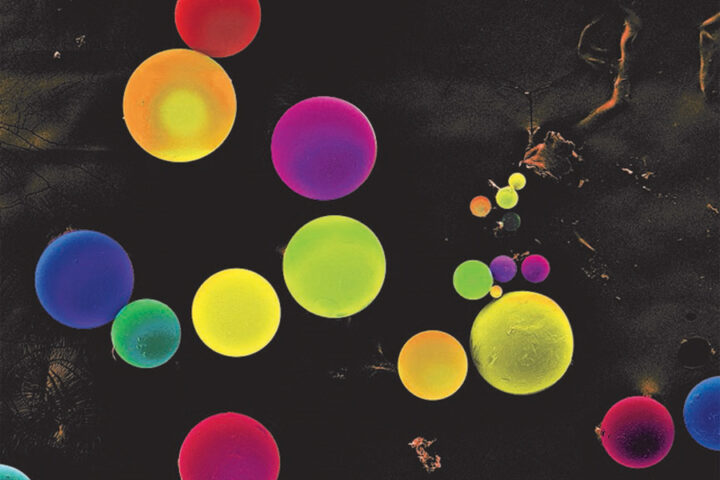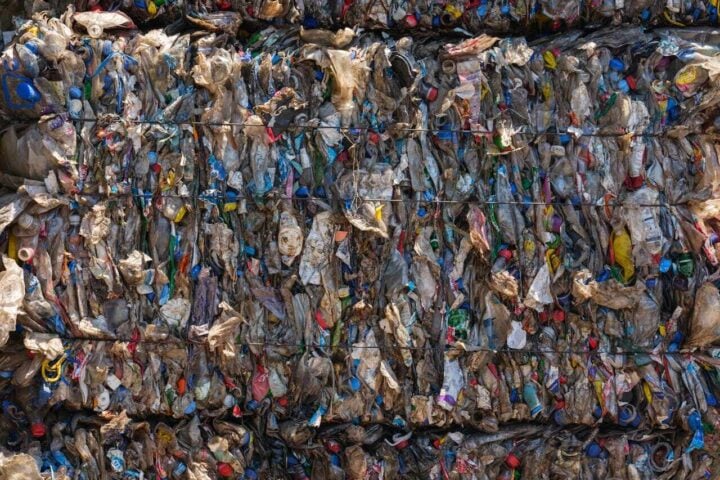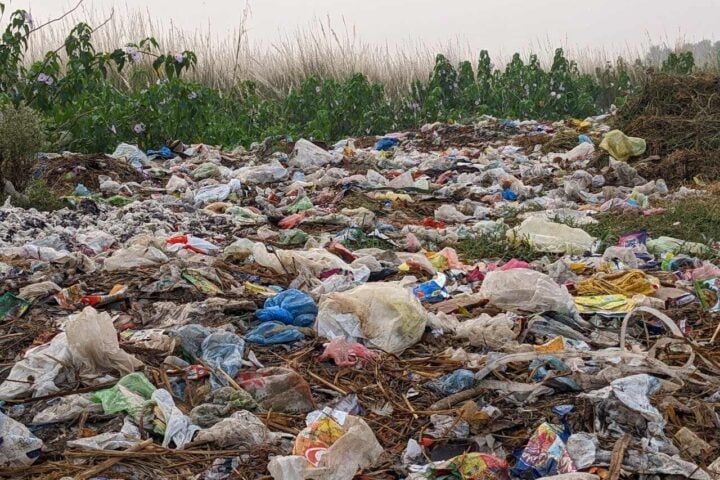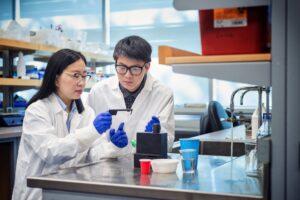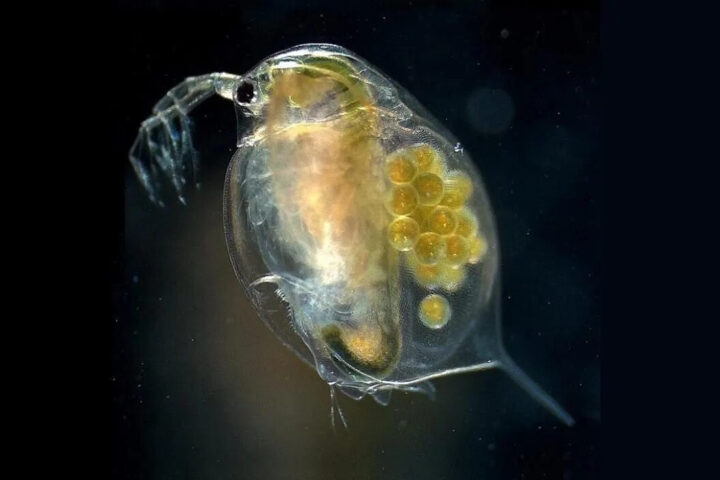Few noticed when Nestlé tweaked its plastic packaging goals in 2022. Rather than use only “recyclable” or reusable packaging by next year, the shift in language on the website of the world’s largest food maker pledged to mostly use plastic “designed for” recycling by 2025. Highlighted publicly at Bloomberg for the first time, the subtle rewording might seem like semantics.
According to the latest available data for 2022, the difference amounts to 280,000 metric tons of additional non-recyclable waste. It would weigh the same as 30 Eiffel Towers or 1,400 Statues of Liberty if piled up. Christian Dixon, ocean campaign leader at the Environmental Investigation Agency, an NGO (Non-Governmental Organisation), said, “If some of the world’s largest multinational companies with near limitless resources at their disposal are failing to deliver on their commitments and pledges, something is clearly very wrong with the system.”
The maker of Nespresso pods and Maggi Stock cubes, Nestlé, said it changed the wording because it was important to report on what it could control. A Nestlé spokesperson said, “As communicated publicly in 2022, we remain committed to achieving 100% reusable or recyclable packaging in the long term, but given infrastructure barriers, this was no longer realistically achievable by 2025.” Collecting recyclable plastic is expensive and bound by complex regulations, so it’s technically difficult to do so.
Similar Posts
Fudging its way through an ever-growing sea of plastic pollution, Nestlé isn’t the only company. Unilever Plc publicly rolled back its ambitious plastic reduction targets in April, while Mondelēz International Inc. and Ferrero Group quietly tweaked their targets in published reports to set a “designed for” goal. Mark Schneider, Nestlé’s CEO, told journalists in April, “Given the rampant food price inflation, this was not an easy path to pursue.”
The business of recycling is volatile. At least 2.2 million tons of plastic packaging end up in the U.K. market every year, but only a fifth of the materials are from recycled sources. In short, Nestlé’s packaging goal shift reveals a mass-scale plastic problem.

